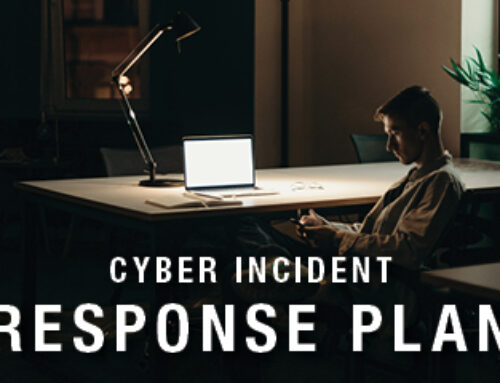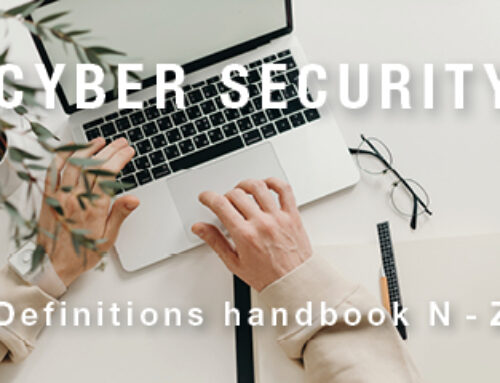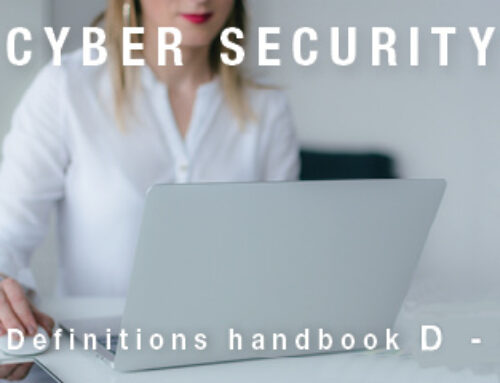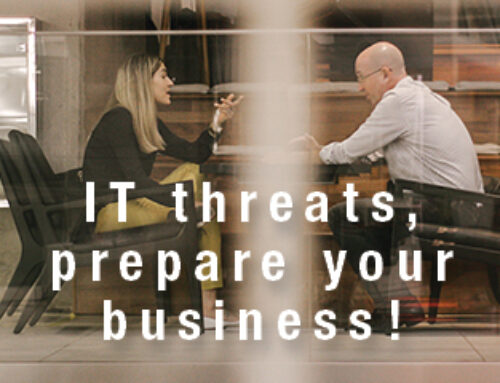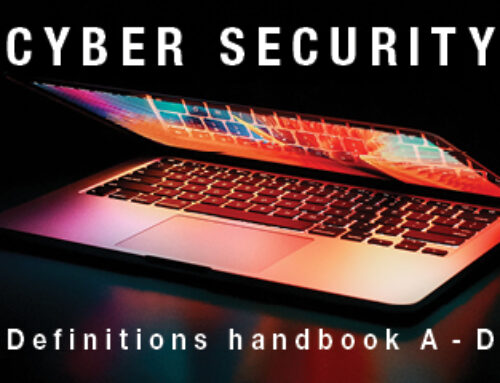Security for Remote Workers
Even before the coronavirus outbreak began, telecommuting has been on the rise. There’s been a 159% increase in remote work since 2005. While studies suggest that this trend is beneficial to both employees and employers, it does come with some challenges in terms of online security. Although it’s easier than ever to bring work into the comfort of home, there are more opportunities for breaches in both personal privacy and company security. In this article, we unpack cybersecurity tips for remote workers.
STAY SAFE WHEREVER YOU ARE: CYBERSECURITY TIPS FOR REMOTE WORKERS
One of the most important ways that you can protect your remote employees is by educating them on the most common online threats that they will face. Making sure that workers have adequate knowledge and tools helps ensure work runs smoothly.
1. CHECK THE BASICS
Before we jump into specific tips for remote employees, it’s crucial to take stock of your overall organization’s cybersecurity efforts. Make sure that you’re following best practices by using strong passwords, enabling two-factor authentication, and securing accounts.
2. SECURE WI-FI NETWORKS
Ensure that employees aren’t using unsafe wi-fi networks to access sensitive information. Instruct employees that are working from home to secure their home wi-fi network. At a minimum, this means changing their router password. Ideally, installing firmware updates and raising encryption levels should occur as well.
3. USE A VPN
Consider protecting online privacy with the use of a virtual private network (VPN). This tool encrypts all of your internet traffic, ensuring company data stays protected. Note that a VPN can sometimes slow down your device, so you may need to disable it for video conferencing.
4. CHECK FOR UPDATES
Software and application updates can seem tedious, but they often contain patches for security vulnerabilities. It’s particularly important to update firewalls and anti-virus software, both of which can help you defend against malware and other malicious programs.
5. KNOW THE SIGNS OF PHISHING
As more and more people work remotely, there will likely be an increase in phishing scams aiming to capitalize on this trend. These schemes try to access everything from personal and financial information to company accounts and data. Teach employees how to recognise a phishing email, call, or text. Additionally, make sure they know how to verify the credibility of a source.
6. DON’T USE PERSONAL DEVICES
Remote employees are more likely to transfer files between their work and personal computers. This practice can leave confidential information on their own devices, which can open up potential cybersecurity risks in your environment. Advise your employees to keep work on work-supplied devices.
7. HAVE A BACKUP PLAN
Data loss happens, and not just because of cybersecurity issues. Physical damage and human error can wipe out a system the same as ransomware. If you haven’t already, consider implementing a Cloud backup system. This convenient and cost-effective approach can save you serious time and headaches in the long run.
Maintaining good technology hygiene practices and staying diligent about cybersecurity is critical for remote employees. Put a little extra effort into educating and reminding your workers of the risks. By providing them with the tools to stay safe, you can avoid expensive data breaches and information loss. Not sure where to start? Reach out to your local Computer Troubleshooters for expert help securing technology for your remote workers.


